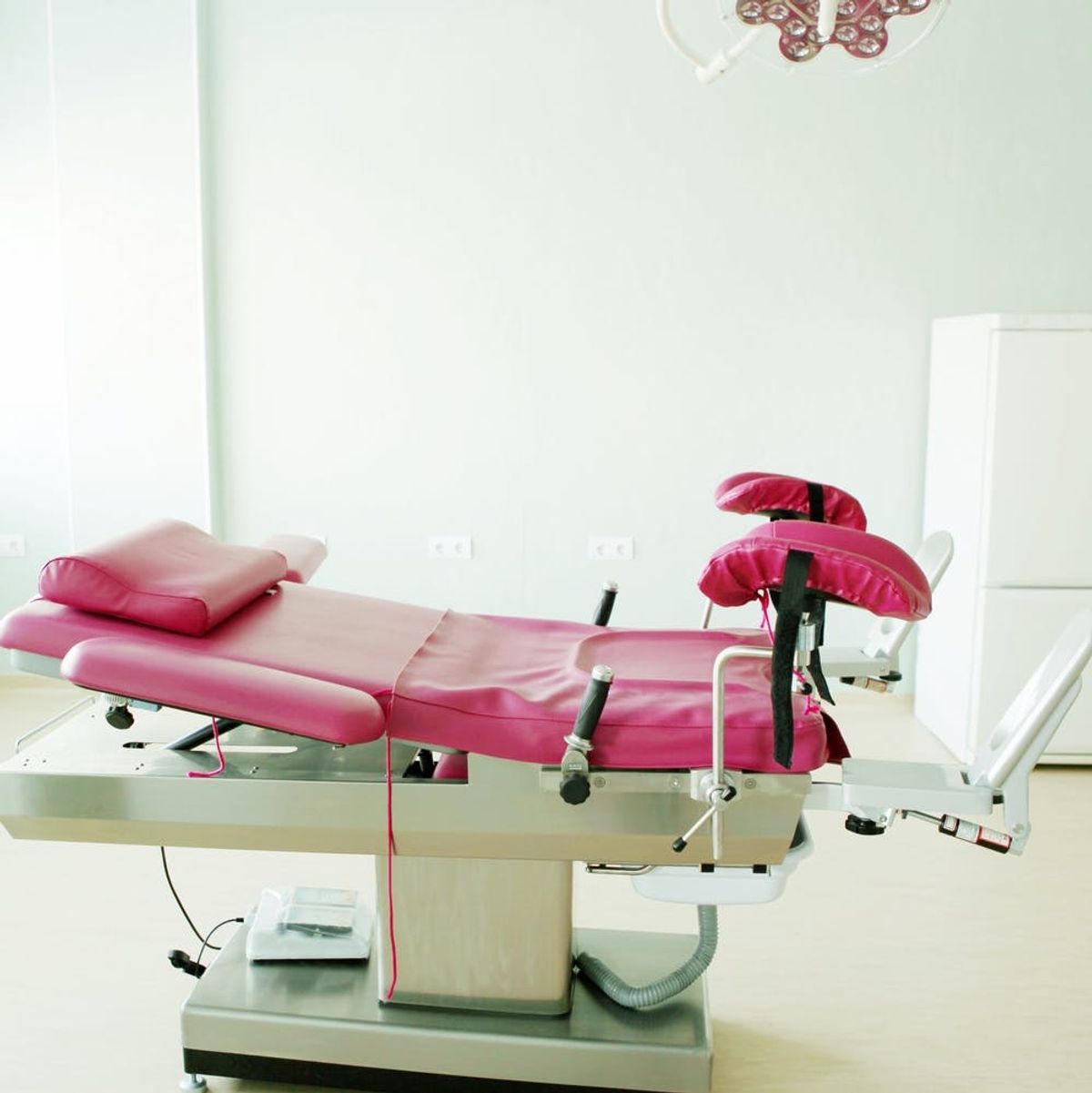If you’re over 30 and don’t love getting your cervix scraped, you might be in luck.
These New Gyno Guidelines Are Great News if You Hate Pap Smears

In recent years, medical professionals started recommending that women who are not at an increased risk for cervical cancer can get a Pap smear every three years instead of every year — great news given that, well, getting Pap tests kind of sucks. Now, there’s another change in recommendations for screening for cervical cancer.
The US Preventive Services Task Force (USPSTF), a government-funded group of independent experts that makes recommendations for preventive medical care, announced this week that women over 30 who are at average risk for cervical cancer can replace Pap tests with an HPV test. Most cases of cervical cancer are caused by HPV, so a test for the virus can also safely determine whether or not further cancer screening may be necessary.

The new recommendations state that patients between 21 and 29 should have Pap screenings once every three years, and that women ages 30 to 65 can safely choose between a Pap smear, an HPV test in combination with a Pap, or just the HPV test every three years. The update gives patients and their doctors a better idea of the options available for the early detection and prevention of cervical cancer.
Pap smears and HPV tests are performed very similarly, and sometimes simultaneously. Some patients are tested for HPV using a swab at the same time they have a Pap. Pap smears test for changes in the cervix that could indicate cancer, whereas an HPV test checks specifically for HPV. The new USPSTF report states with “high certainty” that the benefits of any of these methods, performed on time, outweigh the risks.
In fact, Dr. Margaret Long, a gynecologist with the Mayo Clinic in Minnesota tells us that “one HPV test is better than one Pap test.” Because the vast majority of cervical cancer cases are caused by HPV, a negative HPV test most likely means there are no pre-cancerous changes or actual cancer present. Having a positive HPV test does not mean that a patient has cervical cancer, but it does warrant further screening to determine whether or not cancer is an immediate concern.
In a joint statement published Tuesday, the American College of Obstetricians and Gynecologists, the Society of Gynecologic Oncology, and the American Society for Colposcopy and Cervical Pathology emphasized that this gives patients and doctors more choices to work with.
“With a number of screening options now available, the new guidelines emphasize the importance of the patient-provider shared decision-making process to assist women in making an informed choice about which screening method is most suitable for them,” the statement reads.
Long says that some health care providers are already doing HPV tests on patients in addition to or instead of Pap tests for women 30 and over, so for many patients, this won’t mean any major changes to their care.
As of 2004, approximately 50 million Pap tests were performed each year in the US, according to the National Center for Health Statistics. Testing regularly for cervical cancer has proven to be very effective for preventing cervical cancer from developing due to HPV and for catching cancer early. Cervical cancer diagnoses have decreased significantly in the last few decades thanks to the growing number of women who are screened for the disease, according to the American Cancer Society.

Although cervical cancer rates are in decline, the joint statement also notes that access to adequate testing and medical care remains a persistent and important issue in the prevention and treatment of cervical cancer.
“There needs to be a continued effort to ensure all women are adequately screened because a significant number of women in the country are not,” the statement reads. “It’s also essential for women to have access to all of the tests and that they are appropriately covered by insurance companies.”
According to a 2014 report from the Centers for Disease Control and Prevention, nearly 8 million women ages 21 through 65 did not have a Pap test between 2007 and 2011 (11.4 percent of women in that age group). A later CDC study found that women who make under $10,000 a year are less likely to be regularly screened for cervical cancer. Ensuring that patients understand the available options for cervical cancer screening and that screenings are accessible to poor people is vital.
What do you think? Tell us on Twitter @BritandCo.
(Images via Getty Images)



















